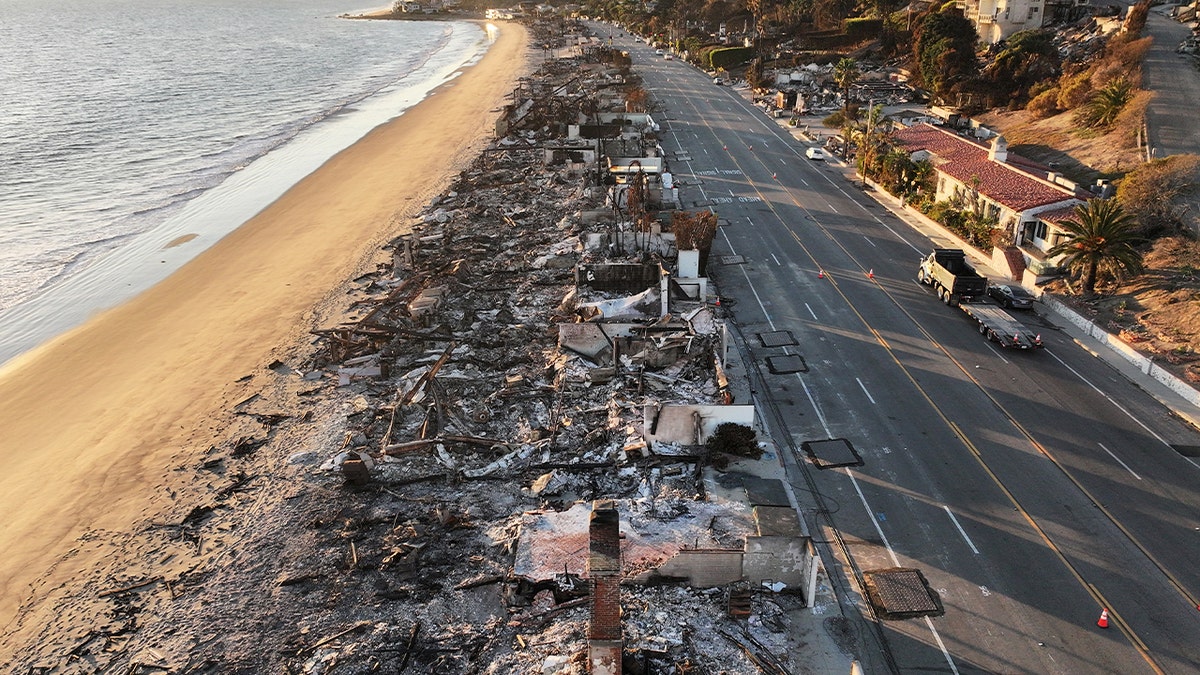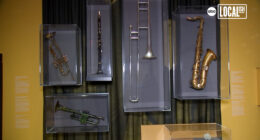While first responders are working hard to combat the destructive wildfires in Los Angeles, many members of the public are questioning the causes of the fires and whether policy mistakes hindered firefighting efforts. Kathryn Sorensen, a former manager of water and wastewater utilities in two major Arizona cities, emphasizes the importance of understanding key facts about our water system.
According to Sorensen, municipal water utility systems are not primarily designed to combat large-scale wildfires. She explained to Fox News, “These systems are meant to have enough storage to meet typical demands and handle a few localized structure fires of short duration.”
Sorensen acknowledged that there are valid discussions to be had about the capacity of our current water systems and how they are used.
“Given the projections for a hotter and drier future, it becomes essential to reassess the reservoirs, their capacities, operational priorities, water distribution methods, and the purposes for which water is being utilized,” Sorensen added.

An aerial view of beachside homes destroyed in the Palisades Fire along Pacific Coast Highway as wildfires cause damage and loss throughout the LA region on Jan. 16, 2025 in Malibu, California. ( Mario Tama/Getty Images)
On Friday morning, Cal Fire reported that over 40,600 acres had been burned, and more than 12,300 structures were destroyed in the fires. At least 27 people were confirmed to have been killed in the blaze, though that number could rise as dozens are still missing.

















